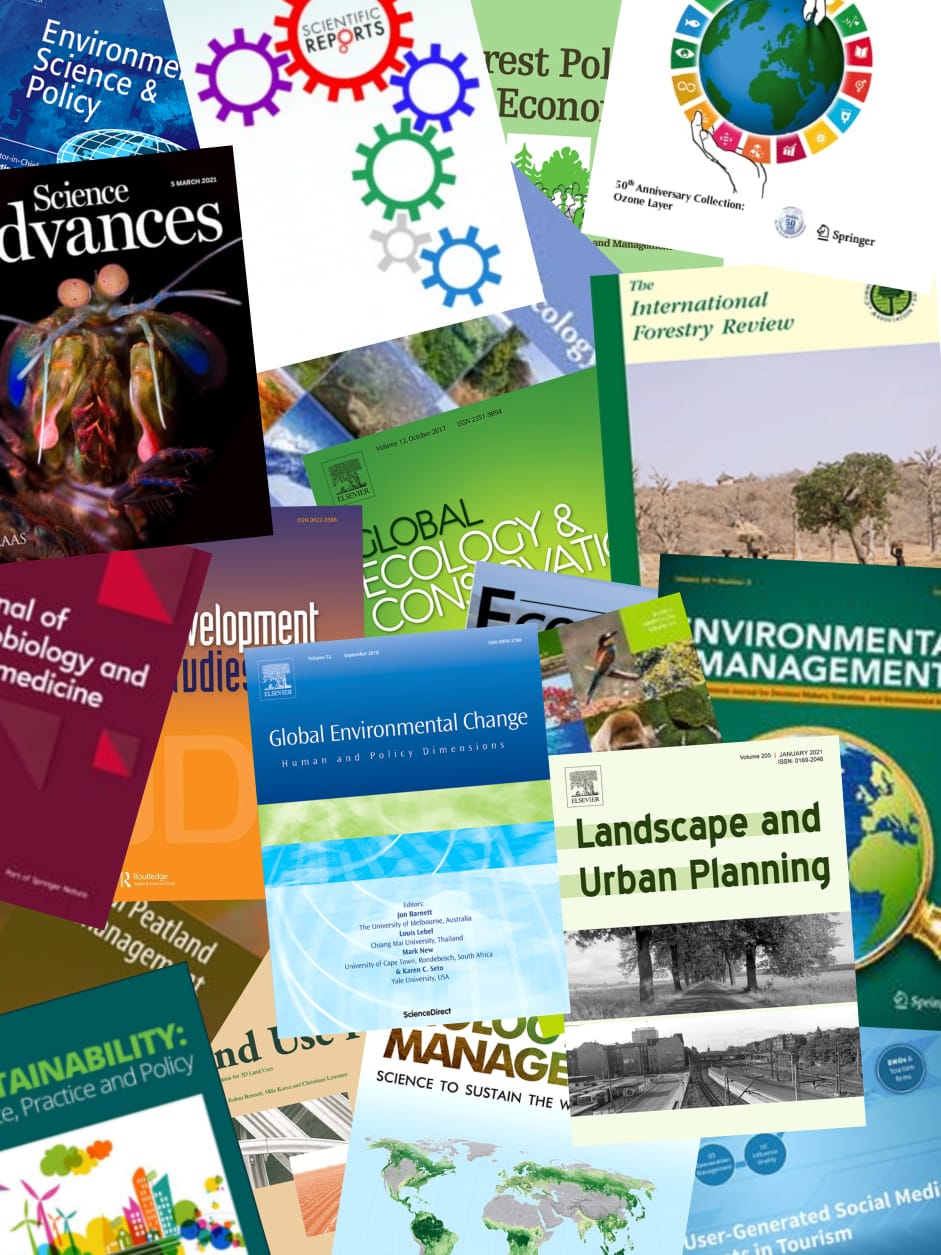Landscape approaches attempt to achieve balance amongst multiple goals over long time periods and to adapt to changing conditions. We review project reports and the literature on integrated landscape approaches, and found a_x005F_x000D_
lack of documented studies of their long-term effectiveness. The combination of multiple and potentially changing goals presents problems for the conventional measures of impact. We propose more critical use of theories of change and measures of process and progress to complement the conventional impact assessments. Theories of change make the links between project deliverables, outputs, outcomes, and impacts explicit, and allow a full exploration of the land- scape context. Landscape approaches are long-term engagements, but short-term process metrics are needed to confirm that progress is being made in negotiation of goals, meaningful stakeholder engagement, existence of connec- tions to policy processes, and effectiveness of governance. Long-term impact metrics are needed to assess progress on achieving landscapes that deliver multiple societal benefits, including conservation, production, and livelihood benefits. Generic criteria for process are proposed, but impact metrics will be highly situation specific and must be derived from an effective process and a credible theory of change.
View source

